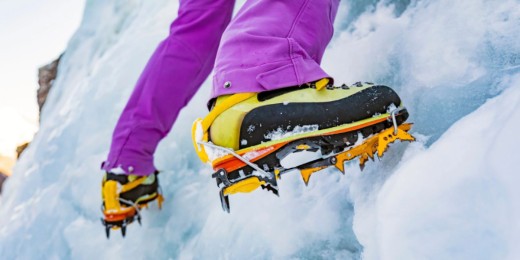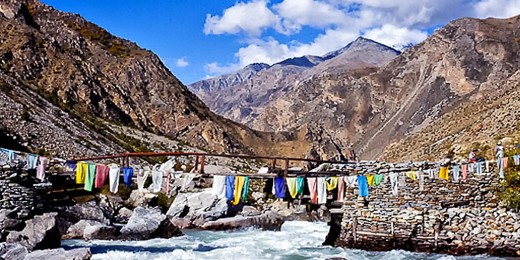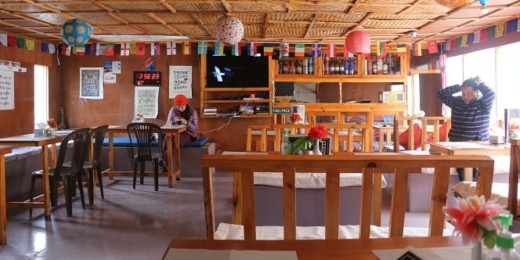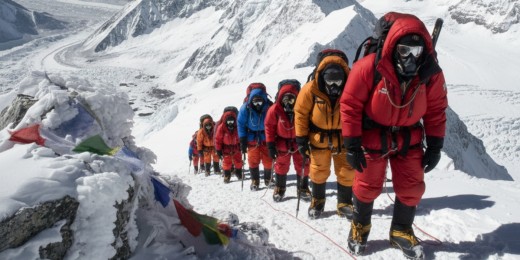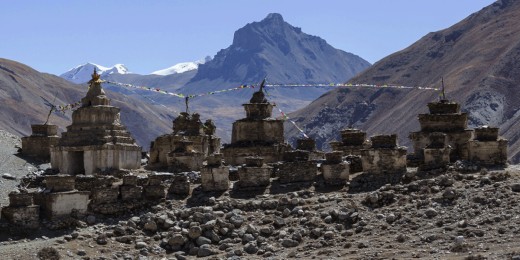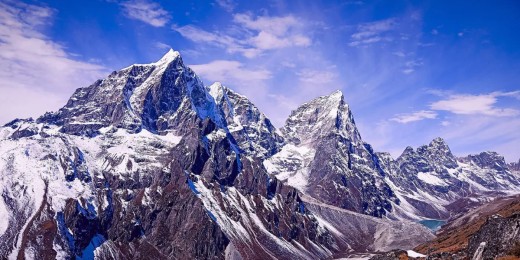Travel Guide to Everest Region of Nepal
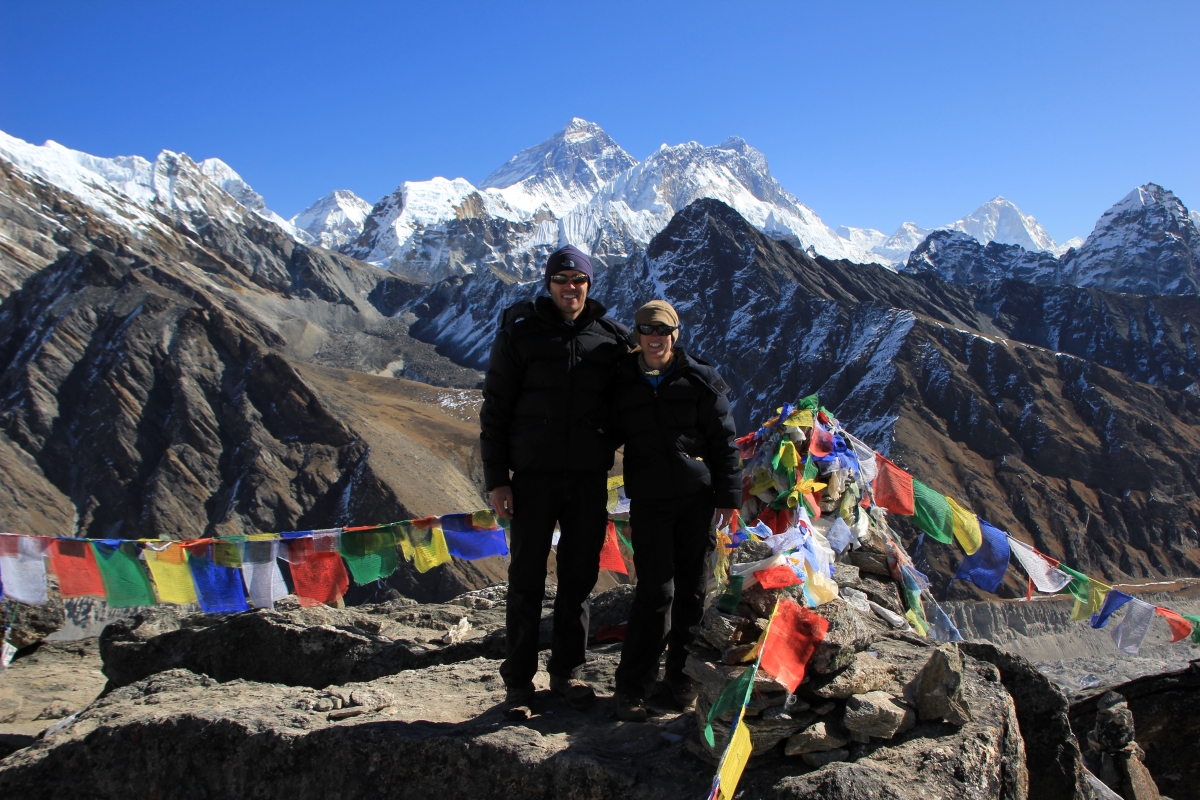
The Everest Region, home to the world’s highest peak, Mount Everest (Sagarmatha in Nepali) is one of Nepal’s most renowned trekking destinations. Nestled in the northeastern part of the country, this iconic region offers unforgettable experiences for adventurers, nature lovers, and mountaineers alike. Whether you're aiming to trek to Everest Base Camp, immerse yourself in Sherpa culture, or enjoy panoramic Himalayan vistas, this guide will help you plan your journey.
1. Getting There
The main gateway to the Everest region is Lukla, a small town with an airport famous for its dramatic landings and takeoffs. Daily flights operate between Kathmandu and Lukla, weather permitting. Once in Lukla, your trek to various parts of the Everest region begins.
Alternatively, you can choose a more traditional approach by trekking from Jiri, which offers a longer, more gradual ascent and scenic countryside views.
2. Popular Treks in the Everest Region
Everest Base Camp Trek
Arguably the most popular trek in the world, this trail leads you to the foot of Mount Everest. The journey takes around 12–14 days and includes stunning views of the Khumbu Glacier, Everest, Lhotse, and other towering peaks. The route passes through vibrant Sherpa villages, ancient monasteries, and the bustling mountain hub of Namche Bazaar.
Gokyo Lakes Trek
An alternative to the classic base camp route, this trek takes you to the high-altitude Gokyo Lakes, known for their pristine beauty. You'll also explore the Ngozumpa Glacier, the largest glacier in the Himalayas, and enjoy breathtaking views of Everest, Cho Oyu, and other giants.
Three Passes Trek
Ideal for seasoned trekkers, this trek covers three high-altitude passes Kongma La, Cho La, and Renjo La. It offers a more challenging experience with unmatched panoramic views of the Khumbu region.
Island Peak and Mera Peak Climbs
If you're seeking a mountaineering challenge, Island Peak and Mera Peak offer thrilling summits. Suitable for beginners with basic mountaineering skills, these climbs provide spectacular views of Everest and surrounding ranges.
3. Best Time to Visit
The best seasons for trekking in the Everest region are:
- Spring (March–May)
- Autumn (September–November)
During these periods, the weather is stable, the skies are clear, and the mountain views are spectacular.
- Winter (December–February) is cold, with limited facilities due to snow.
- Monsoon (June–August) brings heavy rain, slippery trails, and poor visibility.
4. Permits Required
Before you trek, make sure to obtain the following:
- Sagarmatha National Park Entry Permit – Required to enter the national park covering the Everest region.
- TIMS Card (Trekkers’ Information Management System) – Ensures the safety and tracking of trekkers.
Permits are available in Kathmandu or at Monjo, near the park entrance.
5. Accommodation and Meals
Most trekkers stay in teahouses, which are simple mountain lodges offering:
- Basic rooms with shared bathrooms
- Communal dining areas
- Warm meals such as dal bhat, noodles, pasta, soups, and more
Keep in mind: the higher you go, the more expensive food and lodging become due to transport challenges.
6. Altitude Sickness Awareness
The risk of Acute Mountain Sickness (AMS) is real in high altitudes. To prevent it:
- Ascend slowly and allow time for acclimatization
- Drink plenty of fluids
- Watch for symptoms like headaches, dizziness, nausea, or fatigue
Popular acclimatization stops include Namche Bazaar (3,440 m) and Dingboche (4,410 m).
7. What to Pack
Essential items include:
- Warm Clothing: Dress in layers; temperatures drop sharply at altitude
- Trekking Boots: Sturdy, broken-in boots are essential
- Sleeping Bag: Rated for cold conditions
- Trekking Poles: Help with balance and steep terrain
- First Aid Kit: Include AMS medication, bandages, and personal prescriptions
- Sunscreen & Sunglasses: UV rays are strong at high elevations
8. Cultural Etiquette
The Everest region is the heartland of the Sherpa community, known for their warmth and strong Buddhist traditions. Respect their culture by:
- Walking clockwise around chortens (stupas) and mani walls
- Asking permission before photographing monks or religious objects
- Never stepping over or touching sacred items like prayer flags
9. Trekking: With a Guide or Solo?
While solo trekking is permitted, hiring a licensed guide or porter is strongly recommended—especially for first-timers.
- Guides provide cultural insights, safety support, and navigation.
- Porters carry heavy gear, making the trek easier and more enjoyable.
10. Respect for Nature
The Everest region is a fragile ecosystem, so practice responsible trekking:
- Avoid littering
- Use eco-friendly toiletries and reusable bottles
- Treat water with purification tablets
- Follow the Leave No Trace principles
Final Thoughts
The Everest region offers more than a trek, it’s a life-changing journey through some of the world’s most spectacular landscapes. From awe-inspiring peaks to spiritual encounters, cultural richness, and personal triumphs, the experiences you gain here will stay with you forever.
Plan wisely, trek responsibly, and embrace every moment in the majestic Himalayas.

